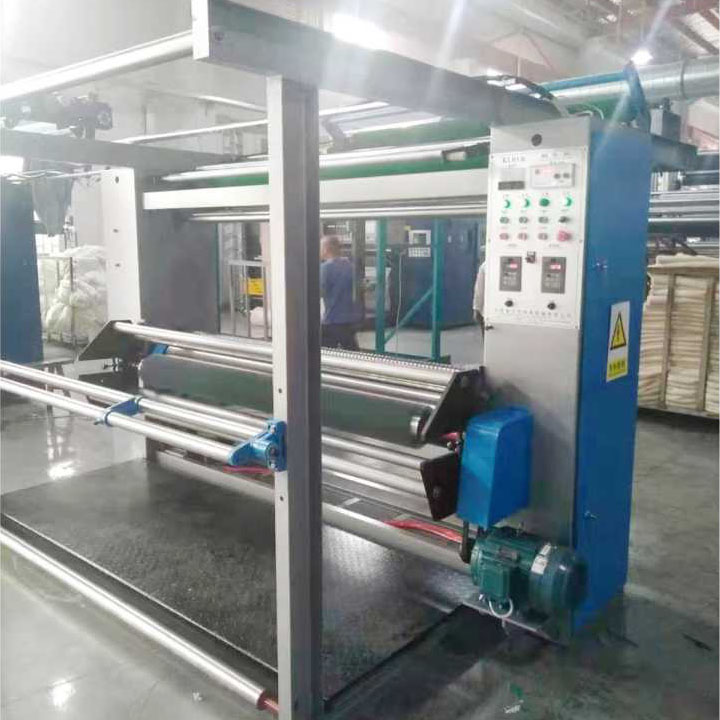Understanding the Carding Machine: The Heart of Textile Manufacturing
2024-12-12
In the textile industry, the carding machine is often referred to as the "heart of spinning." This essential piece of machinery plays a pivotal role in converting raw fibers into a more uniform and workable form. Let’s explore the carding machine's functionality, importance, and applications in textile manufacturing.
What Is a Carding Machine?
A carding machine is a mechanical device used to disentangle, clean, and intermix fibers to produce a continuous web or sliver. It’s a crucial step in the textile manufacturing process, bridging the gap between raw fiber preparation and spinning.
How Does a Carding Machine Work?
1. Feeding:
- Raw fibers are fed into the machine using a feed roller.
2. Carding Action:
- The fibers pass through a series of rotating cylinders covered with wire brushes or metallic teeth.
- These components work to straighten and separate the fibers, removing impurities like dust and small seeds.
3. Output:
- The processed fibers emerge as a uniform sheet or sliver, ready for further processing.
Types of Carding Machines
1. Conventional Carding Machines:
- Used for natural fibers like cotton and wool.
2. High-Production Carding Machines:
- Designed for large-scale production with enhanced speed and efficiency.
3. Specialized Carding Machines:
- Tailored for synthetic fibers and blended materials.
Importance of Carding in Textile Production
1. Fiber Alignment:
- Ensures fibers are parallel, enhancing the quality of the final yarn.
2. Impurity Removal:
- Eliminates contaminants, ensuring clean and high-quality output.
3. Blending:
- Enables the mixing of different fiber types for specialized textile applications.
Applications of Carding Machines
- Spinning Mills:
- Prepares fibers for spinning into yarn.
- Nonwoven Fabrics:
- Produces webs for nonwoven textiles like felt or insulation.
- Recycling Fibers:
- Reprocesses old textiles into reusable fibers.
The carding machine is indispensable in the textile industry, transforming raw fibers into a refined and uniform state. Its ability to enhance fiber quality and prepare materials for subsequent processes makes it a cornerstone of textile manufacturing.



